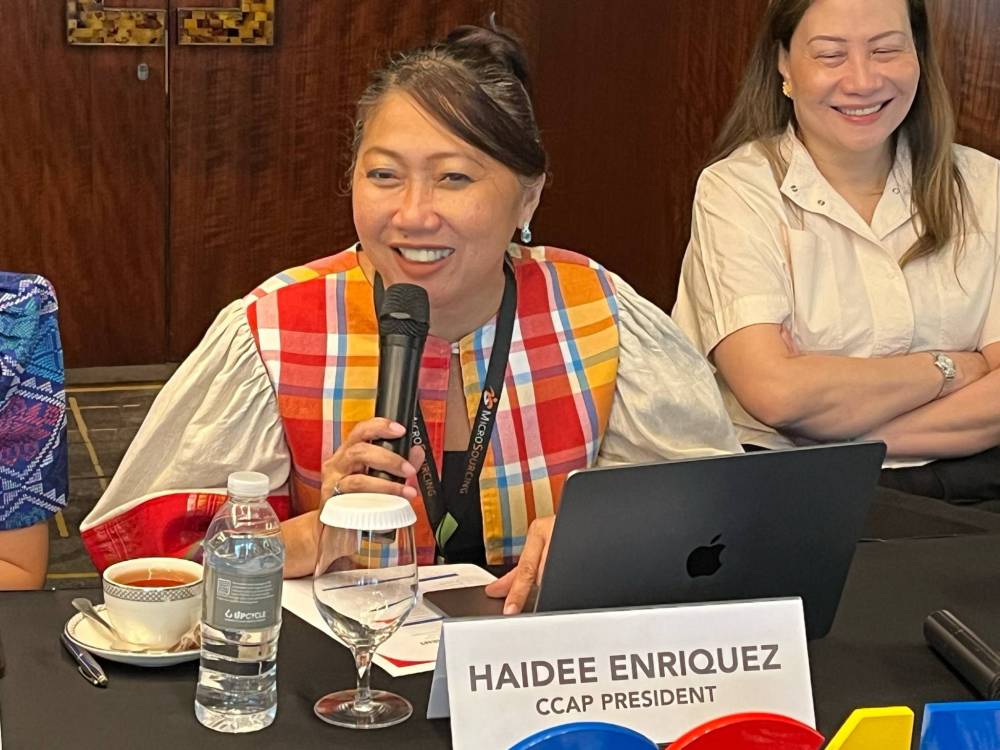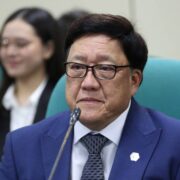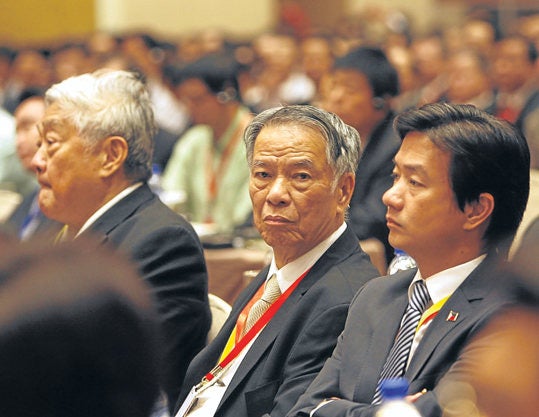PH contact center revenues seen reaching $39.9B in 2025

The Philippines’ contact center industry is projected to grow by 5 percent to 7 percent this year. This would push revenues to at least $39.9 billion and signal continued strength in the country’s flagship outsourcing sector.
Haidee Enriquez, president of the Contact Center Association of the Philippines (CCAP), said the group expects to hit its growth target this year. CCAP is undeterred by economic headwinds and rising global competition.
“We’re very confident that it’s still going to be a journey of continued growth” Enriquez told reporters during a press conference at the Manila Peninsula Hotel.
She said the sector reached $31.6 billion in annual revenues in 2024, a 6.8-percent increase from $29.5 billion.
Tech disruptions
CCAP board director Tonichi Achurra-Parekh attributes the slower growth projection to technological disruptions that are shifting industry dynamics, mentioning in particular advancement in artificial intelligence.
“The AI is there, the technology is there, it’s becoming better. But now, companies are more cautious about delving into these types of new technologies,” she said.
1.7-million employed
Meanwhile, job growth is expected to keep pace with revenue gains, with total employment projected to reach 1.7 million this year.
This translates to an estimated 80,000 to 100,000 new hires in 2025, as the industry scales its workforce to support continued growth.
From an industry perspective, Enriquez said this year’s growth will be driven primarily by the healthcare sector and global capability centers.
However, she noted that the Philippines continues to face intensifying competition from countries like India and emerging players in Latin America and Africa.
Meanwhile, CCAP Corporate Secretary Jamea Garcia said they are addressing the skills gap in graduates by working closely with academic institutions to align curricula with industry needs.
“We’re working with schools to upgrade some of that,” she said, referring to efforts to incorporate more practical training and soft skills development.





















